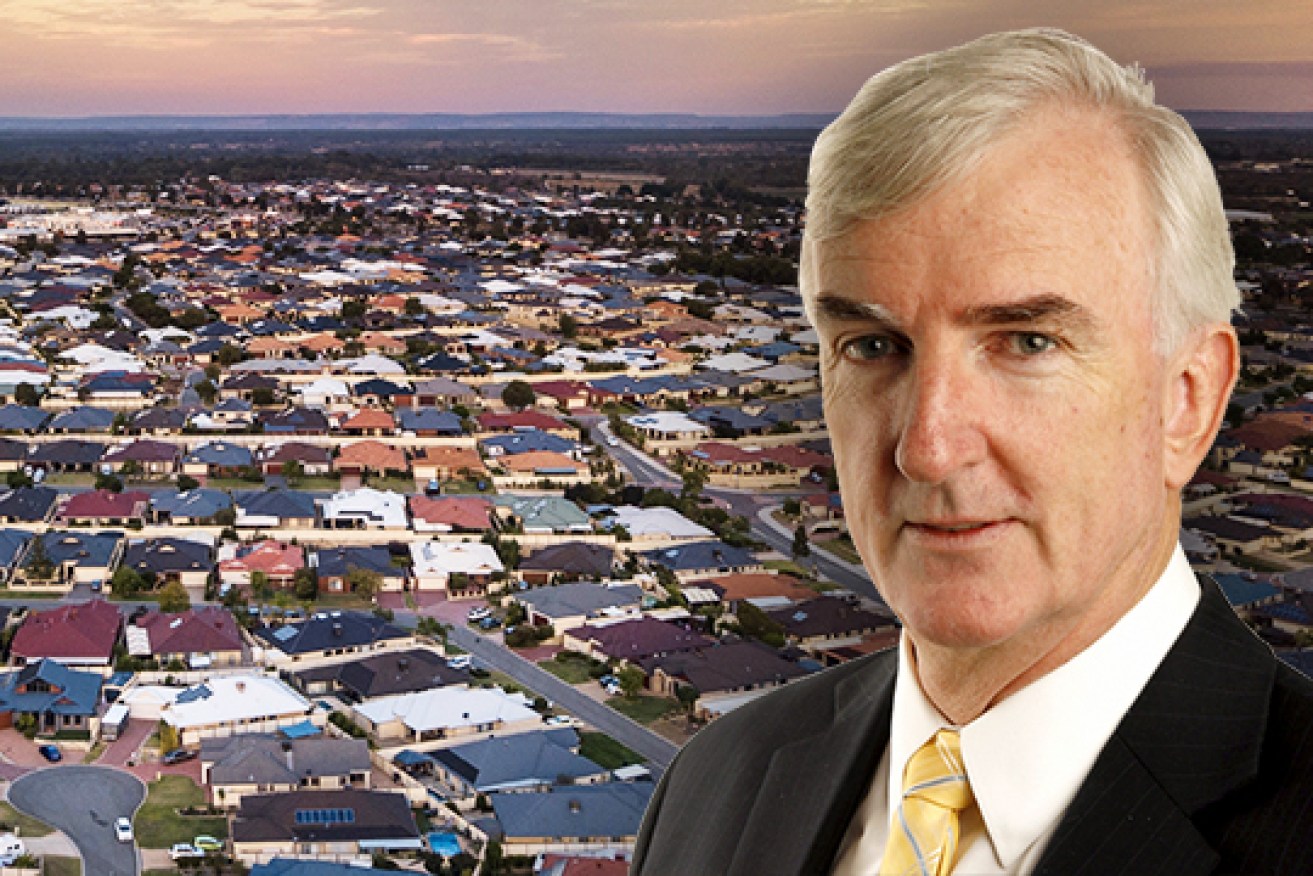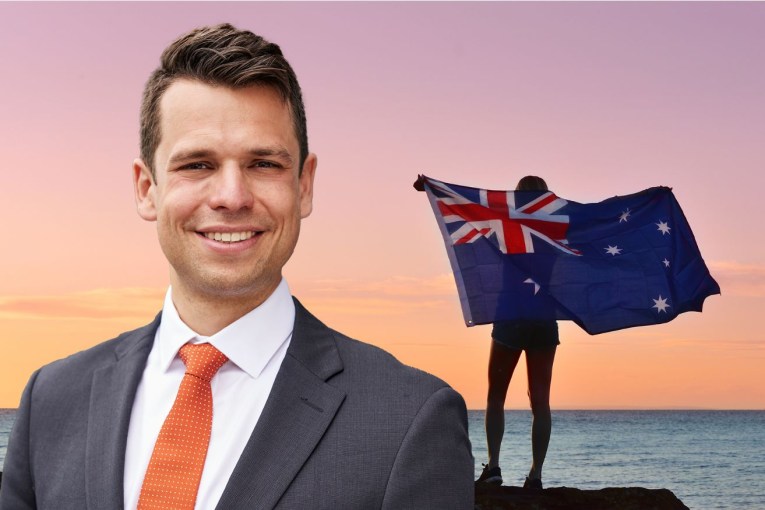Government bets it all on rising house prices as debt continues to soar


As the government twiddles its thumbs, household debt continues to soar. Photo: TND
Here’s the only official policy for stimulating the economy, for lowering unemployment and improving living standards: Pushing up housing prices through ever-cheaper interest rates.
And that means soaring housing debt.
It means the average loan needed to buy an existing Australian home has hit half a million dollars. In Victoria, it’s $517,900 and in New South Wales, $621,500.
As Shane Wright reported last week in the newspapers formerly known as Fairfax, the record NSW mortgage represents a jump of 22 per cent over last year as the Reserve Bank cut rates in an attempt to get us borrowing and spending again.
Well, it has succeeded in getting us borrowing to buy housing, but not spending on much else.
Overall consumption remains lacklustre and non-mining capital investment continues to trend down.
For consumers, cheap interest rates can only go so far in combating the effect of stagnant real wages, and business shows little interest in investing while consumption is weak.

Source: NAB Monthly Business Survey, January 2020
RBA governor Philip Lowe admitted last week we may have reached the point where lower rates do more harm than good for households, encouraging us to borrow even more rather than repair our balance sheets.
But there is no other policy on offer.
The drought/bushfires/coronavirus may have wiped out the promised surplus, but there is no fiscal stimulus.
“We haven’t had any fiscal stimulus in Australia,” Dr Lowe said when asked to compare economic policy settings in Australia and Canada at a forum in Melbourne on Thursday with his Canadian equivalent, Stephen Poloz.
Dr Lowe acknowledged governments focusing on infrastructure spending had been helpful, but that does not add up to fiscal stimulus.
He observed to Dr Poloz that the Canadian central bank had been given more fiscal policy help.
Dr Poloz could only agree. The Canadian government is running a $C26.6 billion ($29.9 billion) deficit this year after a $C15.7 billion deficit in 2018-19.
“In the past four or five years it’s made a significant difference, particularly when we had the collapse in oil prices back in late 2014, early 2015, and we drove interest rates back down to 0.5 per cent,” Dr Poloz said.
The Bank of Canada’s modelling showed the government’s fiscal stimulus – deficit spending – had provided about one percentage point of additional GDP growth and was the equivalent of one percentage point of interest rate cuts.
Without the fiscal stimulus, Canadian rates would have had to go negative and stay lower for longer.
“That’s a very important difference and arguably one of the reasons why we’ve managed to get inflation back to target despite that major disturbance back in 2015,” he said.
“Inflation is 2 per cent now and it’s been because the mix has been a little bit more oriented towards getting that outcome.”
With fiscal policy helping, the result was fewer financial vulnerabilities or excessive housing market activity.
“We’ve had plenty of that, don’t get me wrong, but we probably would have had a more difficult or more challenging financial stability outcome had we had much lower interest rates and not fiscal policy. The mix has impact on those outcomes too,” he said.
But Australia does not have that mix.
Canberra’s missing in action
Treasurer Josh Frydenberg has gone from saying he has delivered a budget surplus this year to claiming a “balanced” budget.
That’s not fiscal stimulus.
The RBA has repeatedly warned that it has just two interest rate cuts left in its armoury before effectively reaching zero.
It doesn’t want to go there and won’t unless our economy deteriorates further and unemployment starts rising again.
Using the Canadian experience, pursuing a mixture of fiscal and monetary stimulus could prevent that risk.
Rather than the “gentle turning point” Dr Lowe has been claiming about the economy turning up, it’s now that worrying turning point of further interest rate cuts doing damage.
The RBA and government have been relying on the idea that cheap money would stimulate the housing market with higher prices encouraging more building. That remains on the cards – but at what price?
The infrastructure investment under way – mainly by state governments – is running close to industry capacity in Sydney and Melbourne.
What’s more, it is hard to turn on quickly if the coronavirus begins to do to us what crashing oil prices did to Canada.
Policies on the table
There is other immediate fiscal stimulus that could compensate for the fall in income and demand from the threatened epidemic.
The most obvious is an increase in Newstart – money that would be spent rather than paying down mortgages.
It’s a policy endorsed by just about every institution in the country except the Prime Minister’s office.
Playing to the “dole bludger” mythology of the Murdoch tabloids seems to be Scott Morrison’s priority.
Not quite as immediate, but still a matter of urgent need and faster than more big transport projects to get going would be serious direct investment in social housing – reversing the decades of decline in the proportion of Australian public housing.
That doesn’t find favour in Canberra, either.
Instead, we’re stuck with the policy of pushing up housing prices, forcing people to borrow more to buy real estate, loading debt upon record household debt.
Dr Lowe made the point on Thursday, and it has been made by many economists before, that Australian government and corporate debt is low while our household debt is high.
A large proportion of that household debt comes from our reliance on mum-and-dad investors to provide rental accommodation.
Another whack comes from the need to borrow big to buy city real estate.
Reliance on monetary policy is exacerbating here just what Dr Poloz said a mix of fiscal and monetary policy had reduced in Canada – excessive housing market activity.
Heck, it’s our official policy for economic stimulus: Asset price inflation.
And it’s second-rate.








